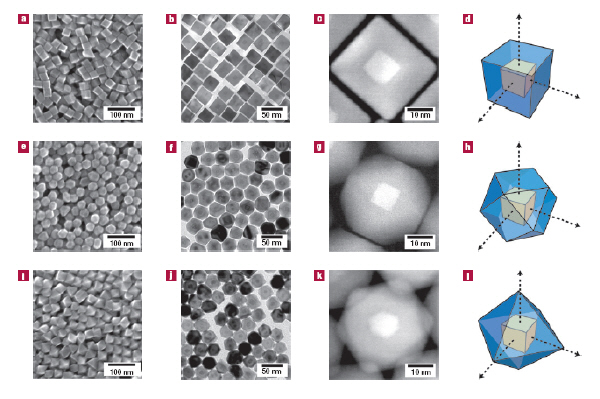Researchers from India demonstrated that the production of nanometric crystals of a pharmaceutical product allows the drug to be absorbed by the intestines even when the substance itself is not water soluble

Researchers from India demonstrated that the production of nanometric crystals of a pharmaceutical product allows the drug to be absorbed by the intestines even when the substance itself is not water soluble.
Research claims that more than half of the medicinal substances developed by the pharmaceutical industry dissolve little, if at all, in water. This fact constitutes a serious problem for the treatment of this type of medication since it means that they will not be effective when administered orally. The industry has developed many approaches to deal with this problem, such as adding a small amount of organic solvent (ethanol) to the mixture, conjugating the drug to a charged material to increase its bioavailability, and recently using water-soluble carriers such as the ring material cyclodextrin. A much more effective approach would be to make the drug water soluble even without the need for additives such as these.
Scientists have discovered, over the past decade, that the production of microscopic crystals of a medicinal substance can make them water-soluble even when the bulk of the original compound is not. The tiny particle size means a much larger surface area to volume ratio, which allows more water molecules to cluster around the particle, the property responsible for the compound's solubility. This result could allow the particles to pass through the inner lining of the intestinal walls, when in the absence of solubility they simply pass through the intestines without reacting with them.
Now, an Indian researcher from the Regional Institute of Education (NCERT) has demonstrated, in an article published in the scientific journal International Journal of Nanoparticles, that the gymnemic acids extracted from the blood sugar-reducing herb Gymnema sylvestre can be converted ) for much greater bioavailability through the production of the active compounds as nanometer crystals - nanocrystals.
The detailed examination of the physical and chemical properties of the active acid nanocrystals will provide important tools that will enable the utilization of the medical benefits of this medicinal plant in the form of a pharmaceutical product.
